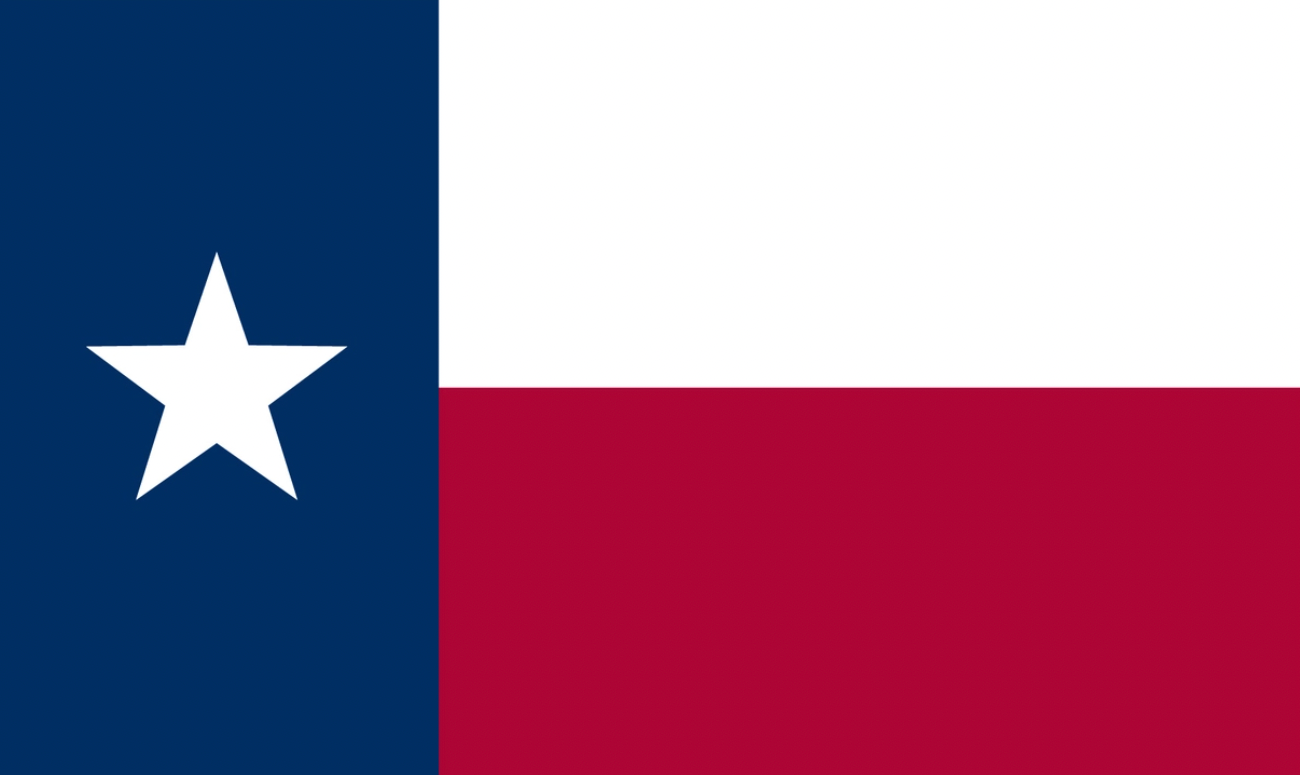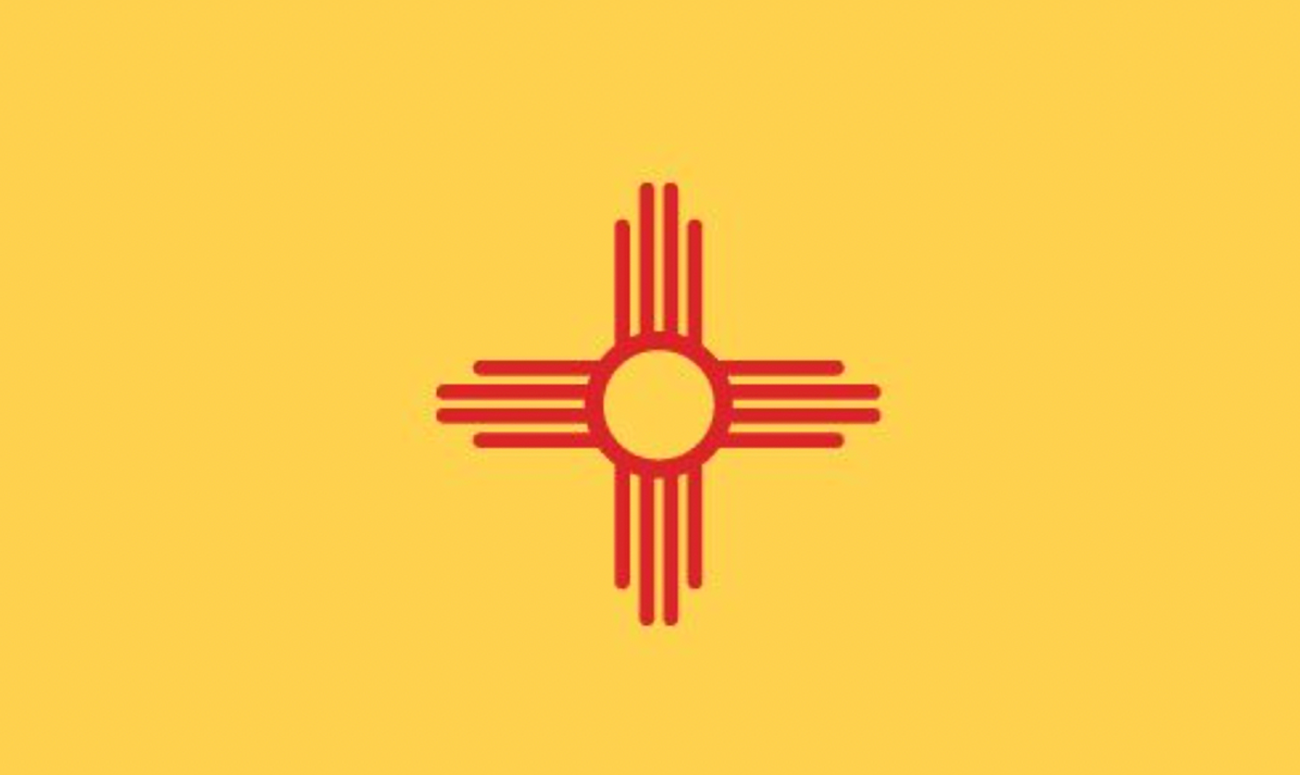A well-designed flag can serve as the publicly owned language of a place. That means a flag can deliver a positive feedback loop linking symbolism and civic pride.
Principles of good flag design
- Keep it simple. Create a design that anyone can draw from memory.
- Use meaningful symbolism. Images, colors should relate to symbols.
- Use basic colors. Draw from the standard color set.
- No lettering or seals. Writing can’t be read at a distance.
- Be distinctive. What would make Utah’s flag stand out?
* Design principles from the North American Vexillologist Association, a nonprofit that studies flags.
Examples of Great Flag Design

Texas
Uses the familiar red, white and blue colors of the American flag; highlights one white star on a blue block to symbolize the Lone Star State nickname.

New Mexico
The red and yellow colors represent Puebloans and old Spain; the design spotlights an ancient sun symbol, which is sacred to the state's Zia Indians.

Colorado
Blue stripes represent Colorado’s skies, while white signifies snow-tipped Rocky Mountains, and the red “C” suggests the state's red-rock scenery.
